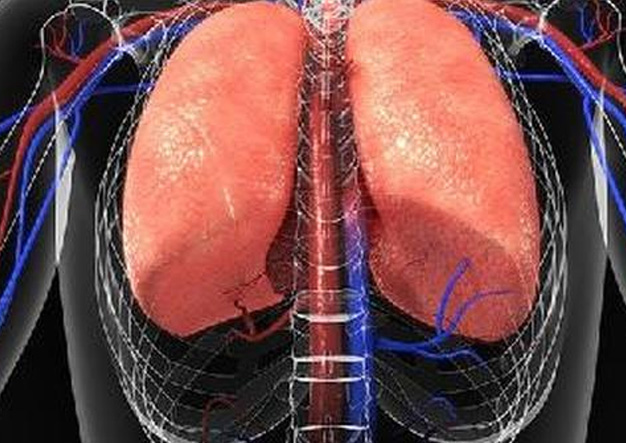
March 24, 2023
The first treatment is surgical removal. For patients with early-stage lung cancer, surgical resection is the treatment of choice. Complete removal of the lung tumor through surgery can completely cure the patient. For locally advanced lung cancer, surgical resection can also reduce the pressure and pain caused by the tumor and improve the patient's quality of life. However, surgical resection is very traumatic for the patient's body and requires postoperative rehabilitation and follow-up.

The second treatment method is non-invasive green therapy for tumors. It is based on the holistic view of traditional Chinese medicine and combines multidisciplinary methods and technologies. It studies the application of traditional medicine, modern medicine, natural therapy and other comprehensive treatments under the guidance of "green" principles and concepts. The method is to treat tumors and make it a green, comprehensive, safe, effective, and less toxic and side effect treatment method.
The third type of treatment is chemotherapy. Chemotherapy uses chemical agents to interfere with the growth and division of tumor cells to achieve the effect of killing cancer cells. Chemotherapy can be administered intravenously, orally, and can kill tumors throughout the body. The selection and dosage of chemotherapy drugs need to be determined based on the type of tumor and the patient's specific situation. Chemotherapy has serious side effects, and common ones include nausea, vomiting, hair loss, etc., which need to be actively managed and controlled during the treatment process.
The fourth treatment method is targeted therapy. Targeted therapy uses molecular targeted drugs to inhibit the proliferation or invasion of specific cancer cells to achieve therapeutic effects. Targeted therapeutic drugs for lung cancer mainly include epidermal growth factor receptor (EGFR) inhibitors, ALK inhibitors, etc. These drugs target specific mutated genes in tumor cells and are effective in patients who carry these mutated genes. Compared with chemotherapy, targeted therapy has fewer side effects and more obvious effects.
The fifth treatment method is immunotherapy. Immunotherapy works by activating or enhancing the patient's own immune system to identify and kill tumor cells. Immunotherapy mainly includes anti-PD-1/PD-L1 antibodies and anti-CTLA-4 antibodies. These drugs can inhibit the inhibitory effect of tumor cells on the immune system, enhance the patient's immune response, and achieve therapeutic effects. Immunotherapy is often used in patients with advanced lung cancer and is often combined with chemotherapy or targeted therapy to improve treatment effectiveness.
To sum up, there are various clinical treatments for lung cancer, with surgical resection, radiotherapy, chemotherapy, targeted therapy and immunotherapy being the more commonly used treatments. Different treatment methods are suitable for different stages of lung cancer, and patients need to choose the appropriate treatment method based on the doctor's advice and specific circumstances. At the same time, side effects need to be actively managed and controlled during treatment to improve the patient's quality of life.